If you are interested in optimal gut health, whether for personal or professional resources, you’ve probably heard of FODMAP and the diet associated with it. But what is the FODMAP diet, and who should adopt its guidelines? Are there any drawbacks to the FODMAP diet? Are onions and wheat still allowed? What about prebiotics and fibre?
If the answers to those questions aren’t clear, you’ll want to keep reading for your handy road map to FODMAP. At the end, we also include our favourite, integrative health practitioner approved product picks for FODMAP-friendly digestive support.
What is FODMAP?
What do garlic, apple, and inulin have in common? They all contain a group of carbohydrates responsible for triggering a cascade of digestive upsets in some people, especially those who are prone to IBS (known as irritable bowel syndrome).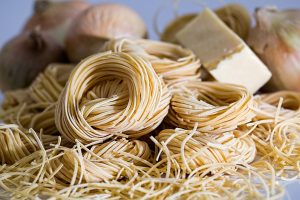
FODMAP stands for “fermentable oligo-, di-, mono-saccharides and polyols”. These fermentable carbs are found in a vast array of foods. Oligosaccharides hide in garlic and onions, along with wheat and rye. Milk and yogurt are common sources of disaccharides. Various fruits, along with honey, contain monosaccharides. Polyols can be found in some fruits and low-calorie sweeteners such as those used in sugar-free gum, for example.
High FODMAP foods usually pass through the digestive and intestinal system without any fanfare, acting as healthy dietary fibre and prebiotics along the way. But in some sensitive people, such as IBS and IBD sufferers, these innocuous carbs can feed gut bacteria, ferment, and cause discomfort in the form of gas, bloating, constipation or diarrhea, and gut distention.
Adopting a low-FODMAP diet has been shown to clinically alleviate symptoms of IBS such as bloating, diarrhea, gas and other uncomfortable digestive disturbances, relieving abdominal pain and improving the quality of life for IBS patients. Changing your diet is a non-intrusive, accessible way to reverse your symptoms – but as anyone who’s tried knows, changing your diet is never easy.
Low vs High FODMAP Foods
For an extensive list of low vs high FODMAP foods, it can be helpful to work with a gastroenterologist or nutritionist to guide you along, and help you establish a clear diet and grocery plan. When you adopt the FODMAP diet, you eliminate high FODMAP foods and replace them with their low FODMAP equivalent. Here are some examples of high FODMAP foods and their alternatives to get you started!
| Wheat | Replace with oats, polenta, quinoa, buckwheat and other acceptable grains. |
| Garlic | Replace with turmeric, asafoetida, black pepper and other acceptable spices and herbs. |
| Fruit (like apple, avocado, banana) | Replace with berries like raspberry, blueberry and strawberry. |
| Dairy | Replace with lactose-free dairy products, coconut milk and other acceptable nut milks. |
| Legumes & Beans | Replace with nuts and seeds, like almond, cashew and sesame. |
Should you be FODMAP conscious?
Many foods high in FODMAP are healthy and nutritious for folks without digestive disturbances, so the low FODMAP diet is not recommended for you, if you have no symptoms of IBS or other digestive issues such as IBD (inflammatory bowel disease), Crohn’s disease, or ulcerative colitis.
On the other hand, if you’ve been diagnosed with IBS, the low FODMAP diet should be on your radar, as it has been shown to improve IBS symptoms compared to a normal diet. Reduction in symptoms leads to a better quality of life, and better health overall.
Symptoms of high FODMAP sensitivity
IBS and sensitivity to high FODMAP foods lead to symptoms of digestive upset such as:
- Gas
- Bloating
- Abdominal pain and cramping
- Diarrhea or constipation
Is a low FODMAP diet safe?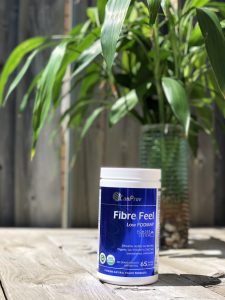
A low FODMAP diet, when followed correctly, can do wonders for IBS relief. But as a restrictive diet plan, it can also carry its drawbacks. According to some researchers, adhering to the low FODMAP diet brings risks of nutritional inadequacy, along with a potentially unfavourable gut microbiota resulting from fibre and prebiotic restriction. After all, when you eliminate food sources of FODMAP, you need to ensure there are other ways to attain these important nutrients.
High FODMAP foods are rich in fibre and probiotics to feed beneficial gut bacteria. Both are essential components to a healthy gut barrier, and following a low FODMAP diet can lead to an insufficient intake from diet alone. Supplements like CanPrev’s Fibre Feel can make a world of a difference! Every scoop of Fibre Feel delivers 4g of organic, FODMAP-friendly natural acacia plant soluble fibre supplying you with all the digestive benefits of promoting healthy bacteria. It’s the perfect addition to your low FODMAP diet plan!
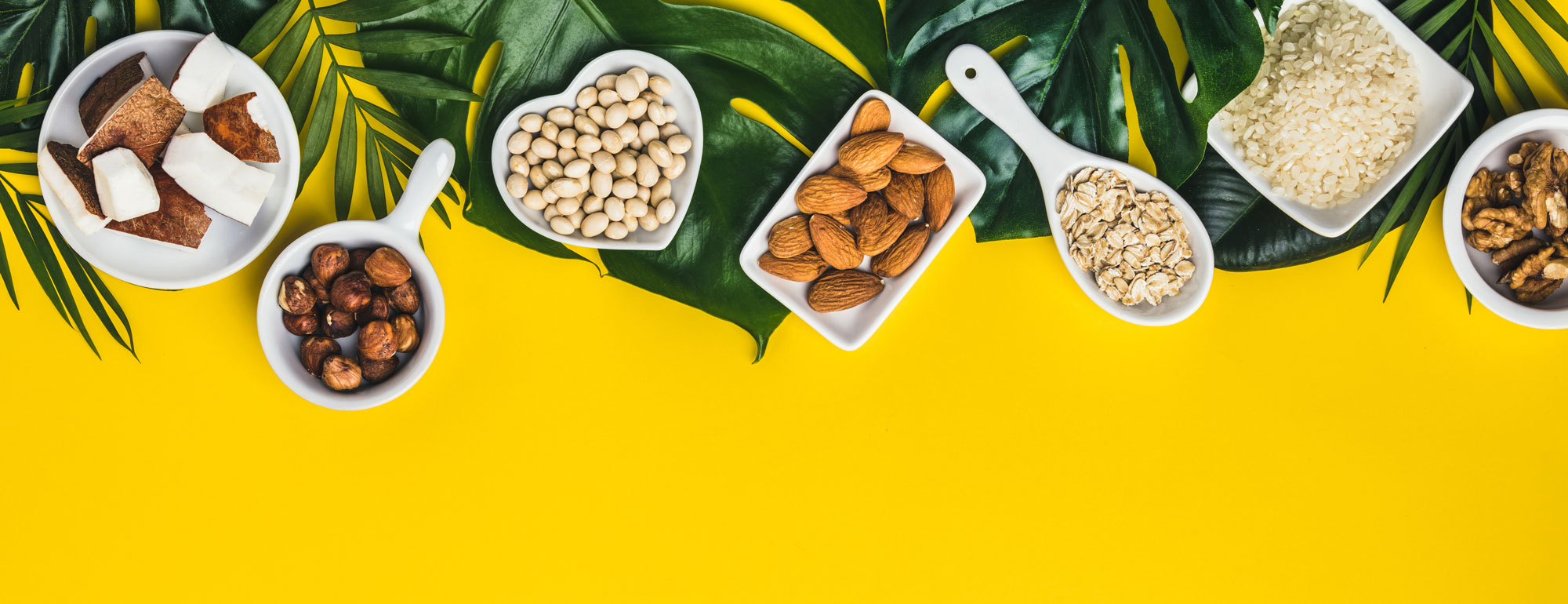
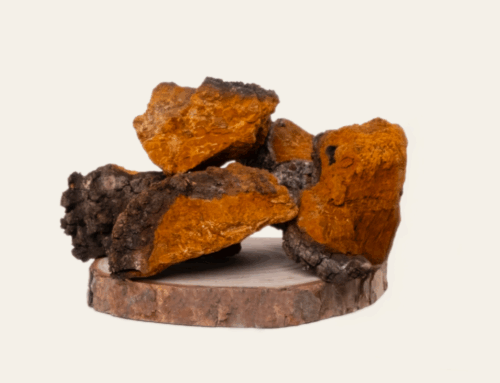


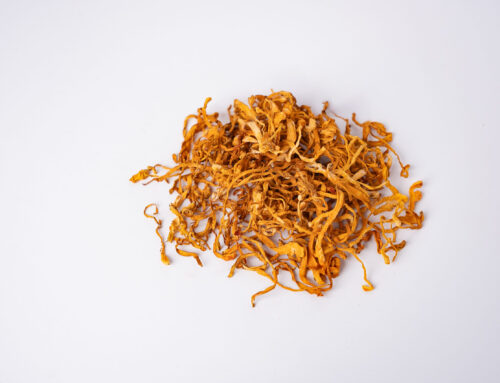

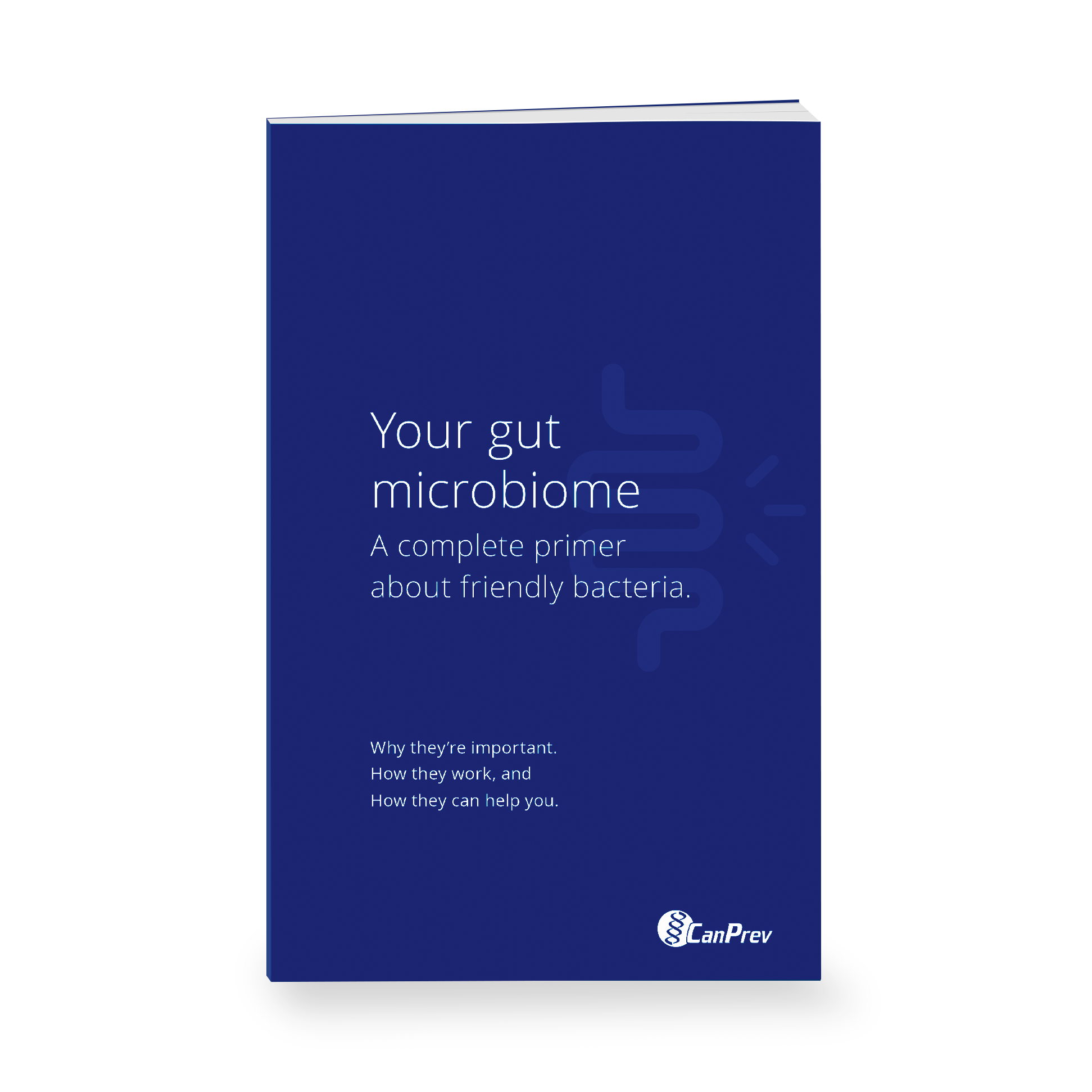
Leave A Comment